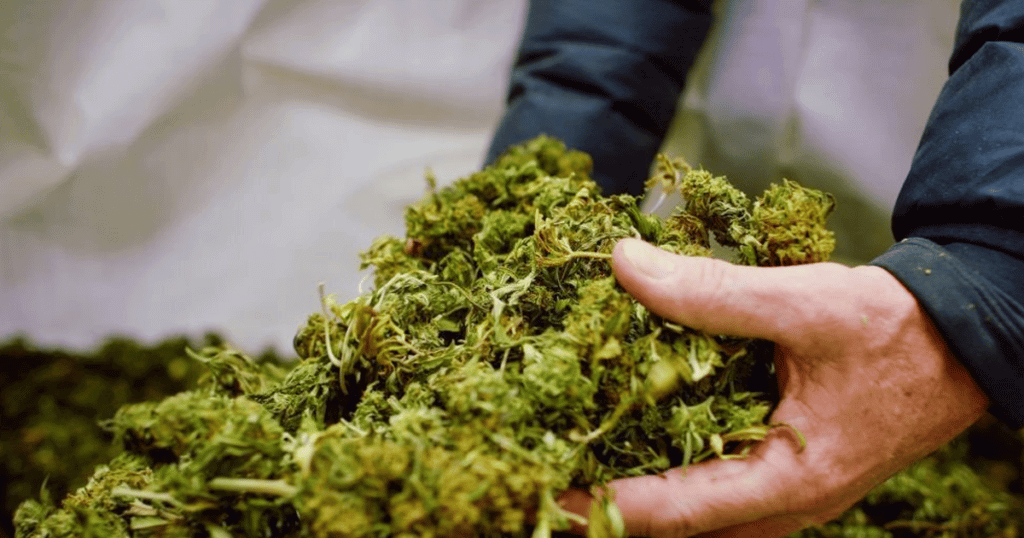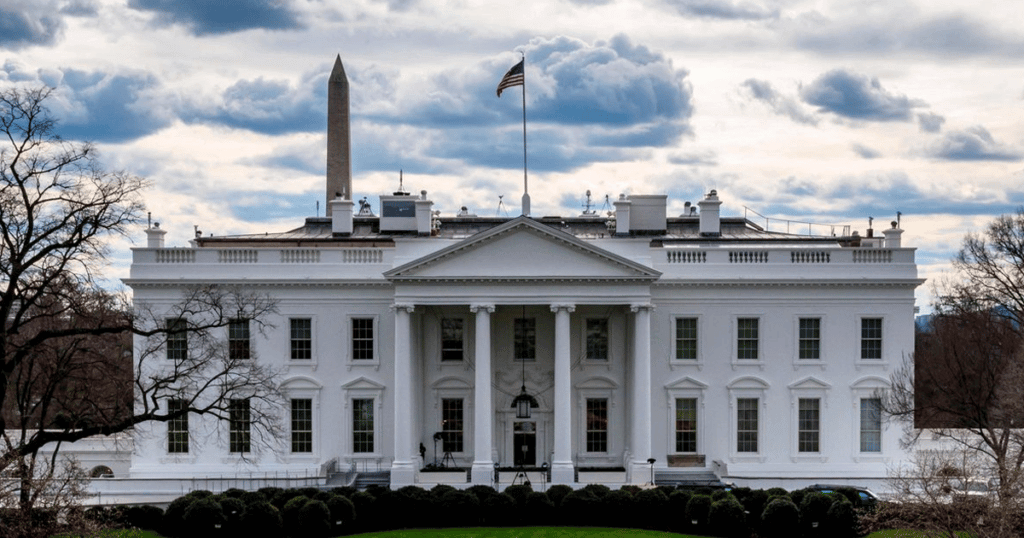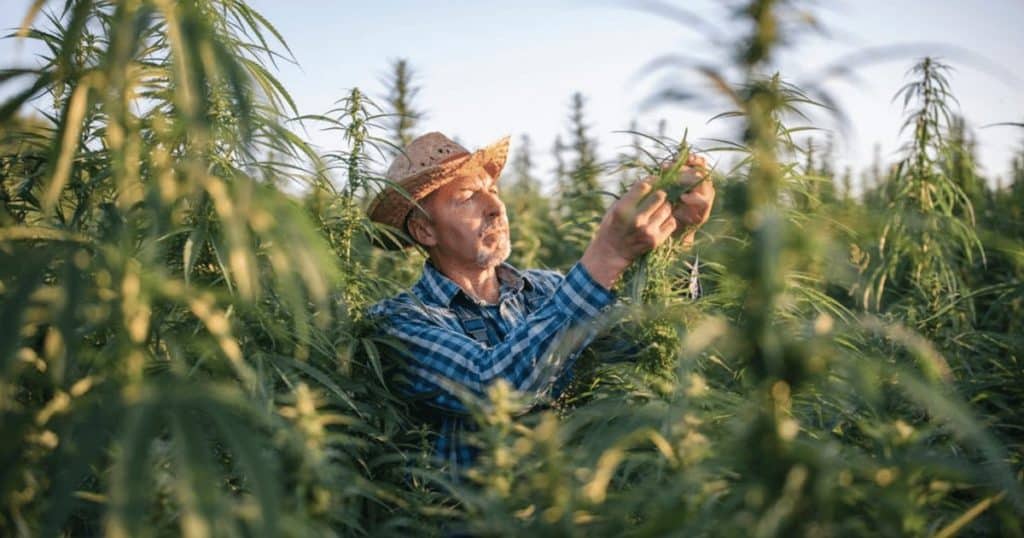You might think that the tough decision to take one’s chances under the open skies as a farmer deserves equal treatment and respect before the government, regardless of which crops you farm.
But, according to the White House and the USDA, that isn’t the case. Their recently announced plan to provide $6 Billion in federal financial aid left cannabis growers out in the cold.
Disaster-stricken cannabis growers won’t receive a cent for their hard work. This decision comes despite two tough years of natural disasters in states where cannabis is legal, like California.
Add to this situation the debt many cannabis farmers have accrued just to fund small-time operations, and it’s clear that many have or are about to lose their livelihoods as well.
Cannabis: An Orphaned Industry
Cannabis farming is already an incredibly challenging industry. This latest could-shoulder move by the government only highlights the importance of banking reform for growers who are already vulnerable in several fundamental ways.
Firstly, cannabis growers are actively barred from privately insuring their crops by the Federal government. Unlike other farming sectors, we’re not allowed to put diligent measures in place that any responsible human might do for their home, business, or property. This not only discourages responsibility but also leads to anxiety that no entrepreneurial spirit should face.
Secondly, growers of cannabis receive no help from government insurance. While many farmers receive subsidies against lousy weather, cannabis growers have to cope with changing weather conditions without the same support.
Especially among newer entrants to the market, there are often very few incentives to grow cannabis legally. These are often growers who have accrued massive debt to fund their projects.

Setting Fire To Grassroots Progress
Besides the fact that growers have already missed out on insurance at both the private and government subsidy levels, there are still the myriad roadblocks to licensure that bar most individuals from low-income communities from entering the market.
The latest subsidy announcement from the White House provides no incentives for the cultivation of legal marijuana over illegal versions of the products. At the very least, we think there should be some distinction. By default, the Feds are allowing illegal cannabis growers to gain the upper hand over their legal counterparts.
What we’re left with in terms of players affected by the heavy frost and droughts of the last two years are the same big-industry players in the pharma market for whom barriers to entry are no particular issue. The other beneficiaries of inconsistent government subsidies like these are illegal industry players who don’t need to follow expensive government policy anyway.
It’s unclear what the government wants to achieve in its aloof approach to subsidies, but given cannabis’s status as the 5th most valuable crop in the US, what it will achieve with certainty is a thriving underground market; something that doesn’t do legalization efforts any good in the long run.

There was no explanation and not even the slightest commiseration from the federal government or USDA for the cannabis growers affected by bad weather. Considering that this is also probably the most challenging type of agriculture you could get started in, we have to argue that they’re not particularly interested in individual lives at all.
Cannabis farmer Terry Taylor from Washington State risked his life fighting a wildfire that swept through his farm in late 2020. Terry says he’s one of the fortunate ones since he hasn’t funded his operation through debt, but what about those who have? And if $500,000 in uninsured crop damage isn’t misfortune, we have to wonder what is.
So to sum it all up, grass-roots cannabis farming is the child who was left behind. And this isn’t the first time cannabis growers have been bullied, tied up, and left alone in the forest for the natural forces to have their way. But to put it mildly, a federal government that aims to desperately please the maximum number of voters before the election is clearly missing a crucial part of the puzzle: Serving the people in an industry that generates massive tax revenue for them.
Enjoyed that first hit? Come chill with us every week at the Friday Sesh for a freshly packed bowl of the week’s best cannabis news!

















